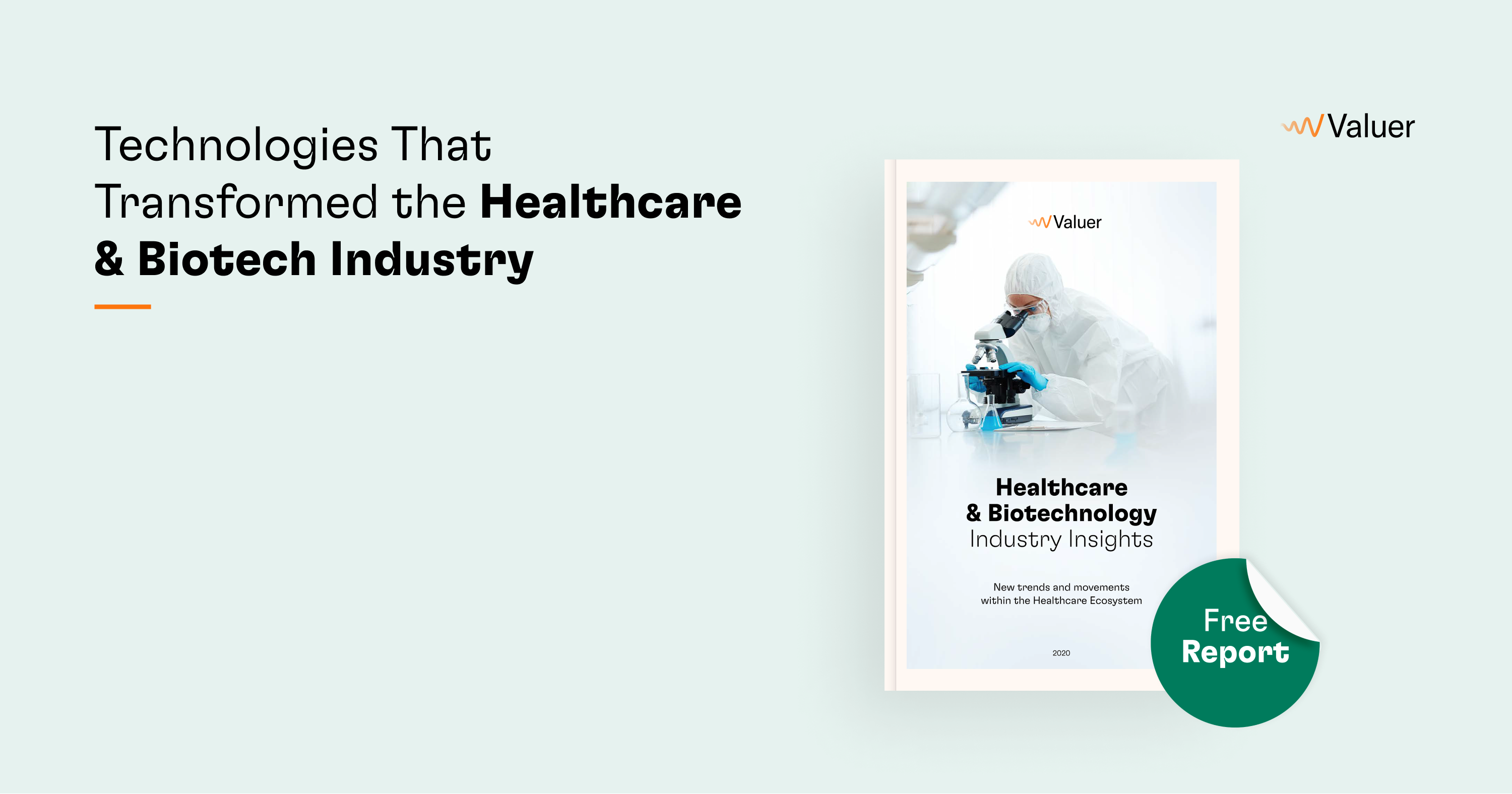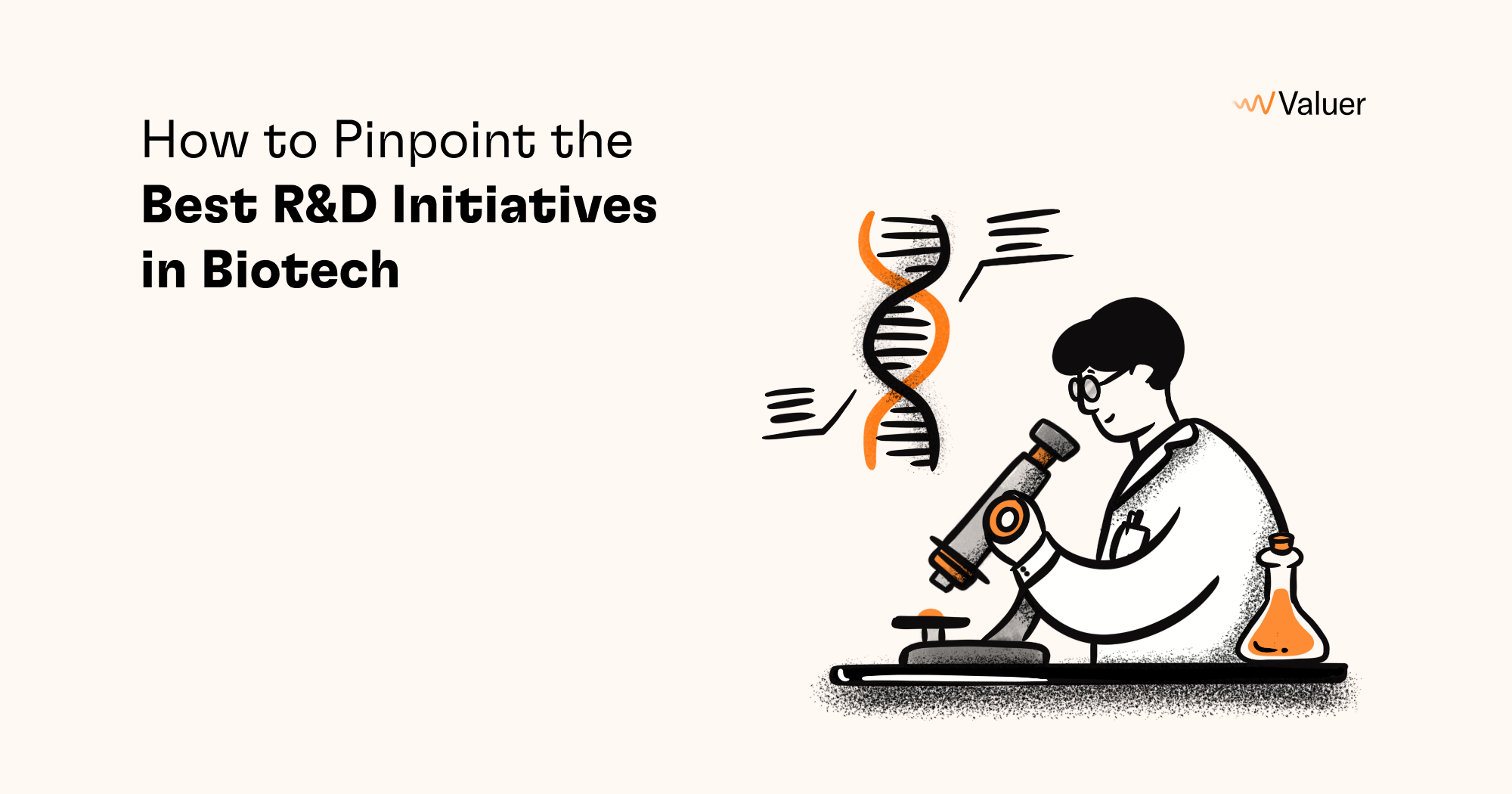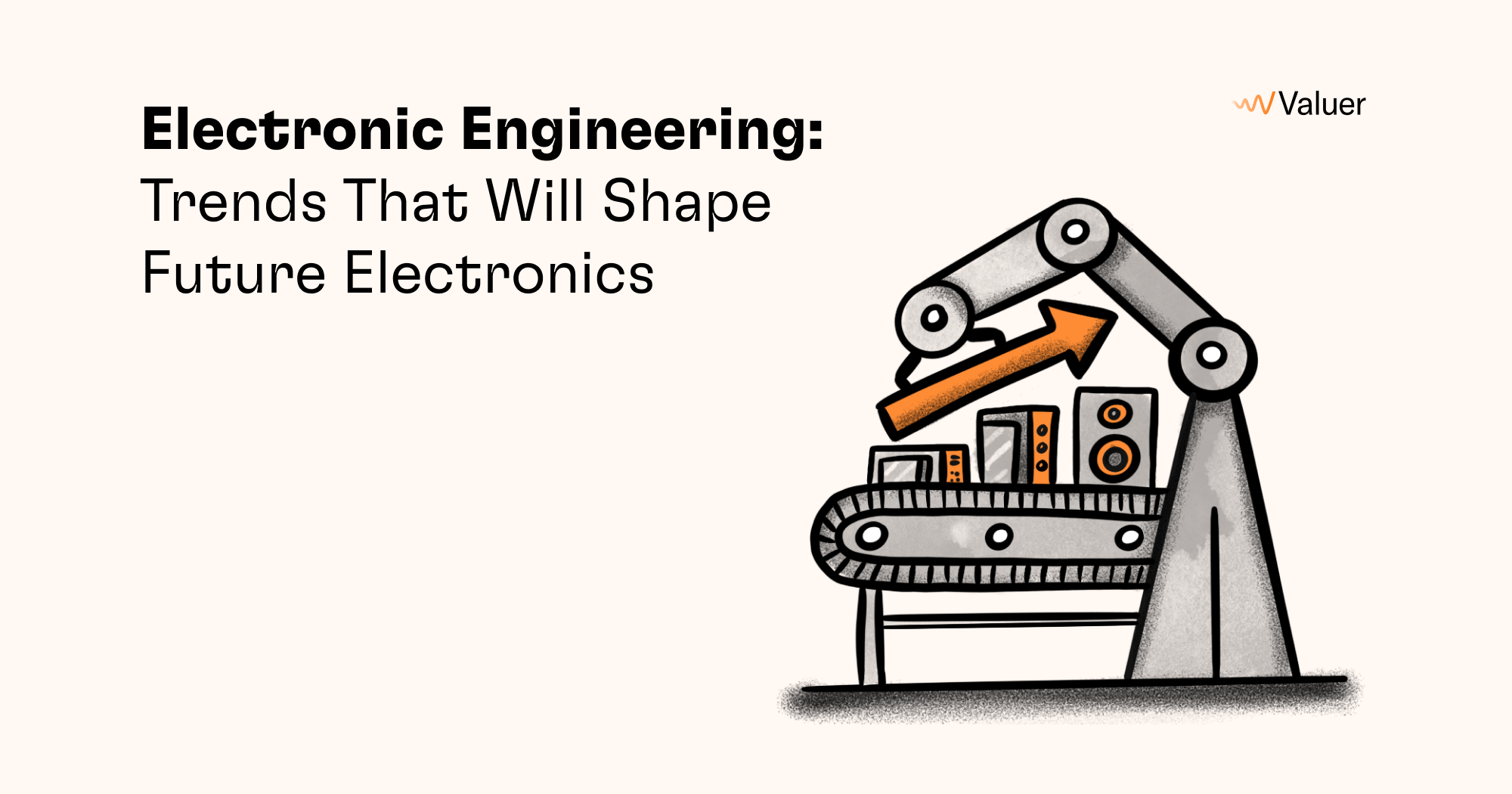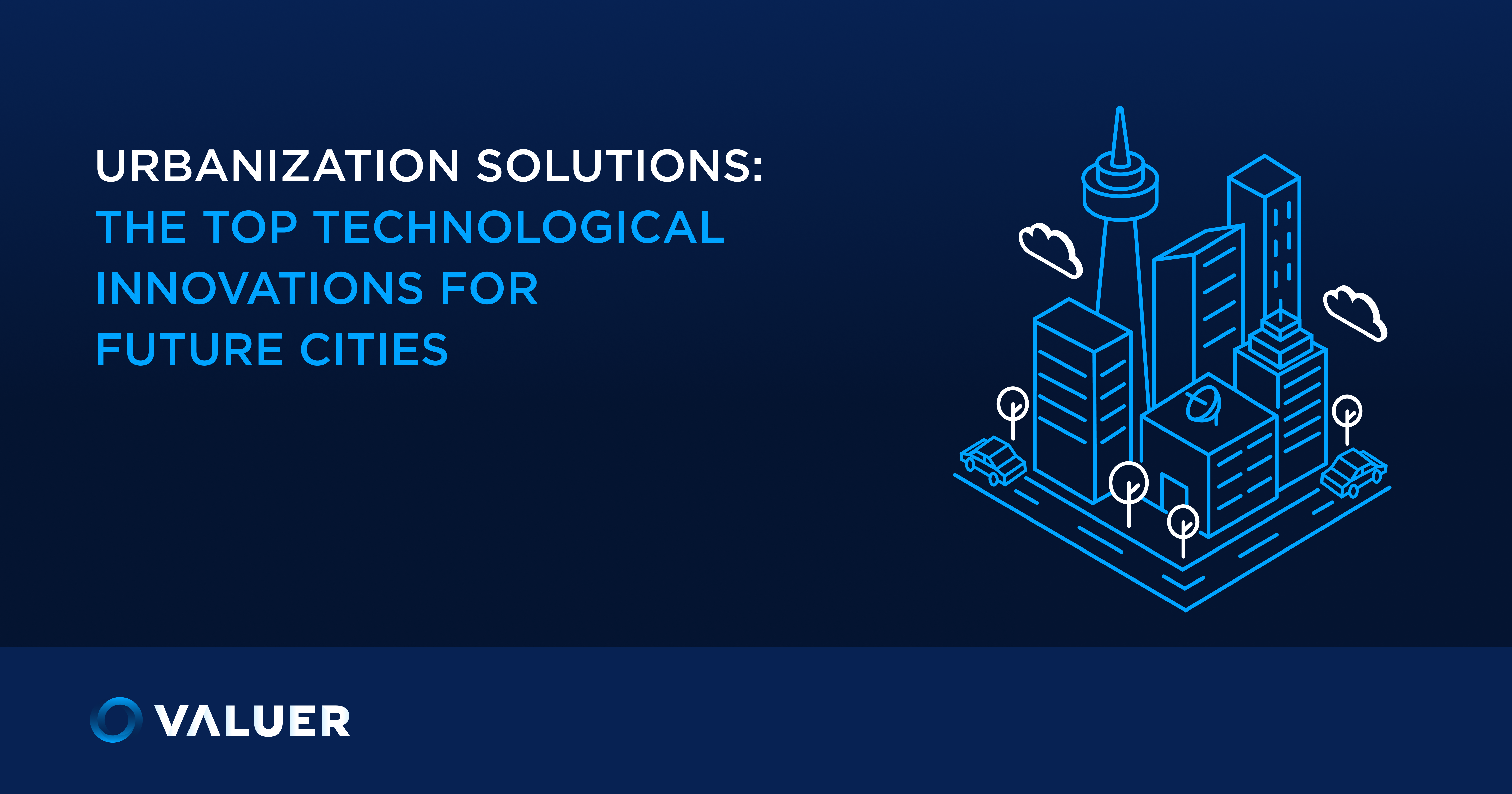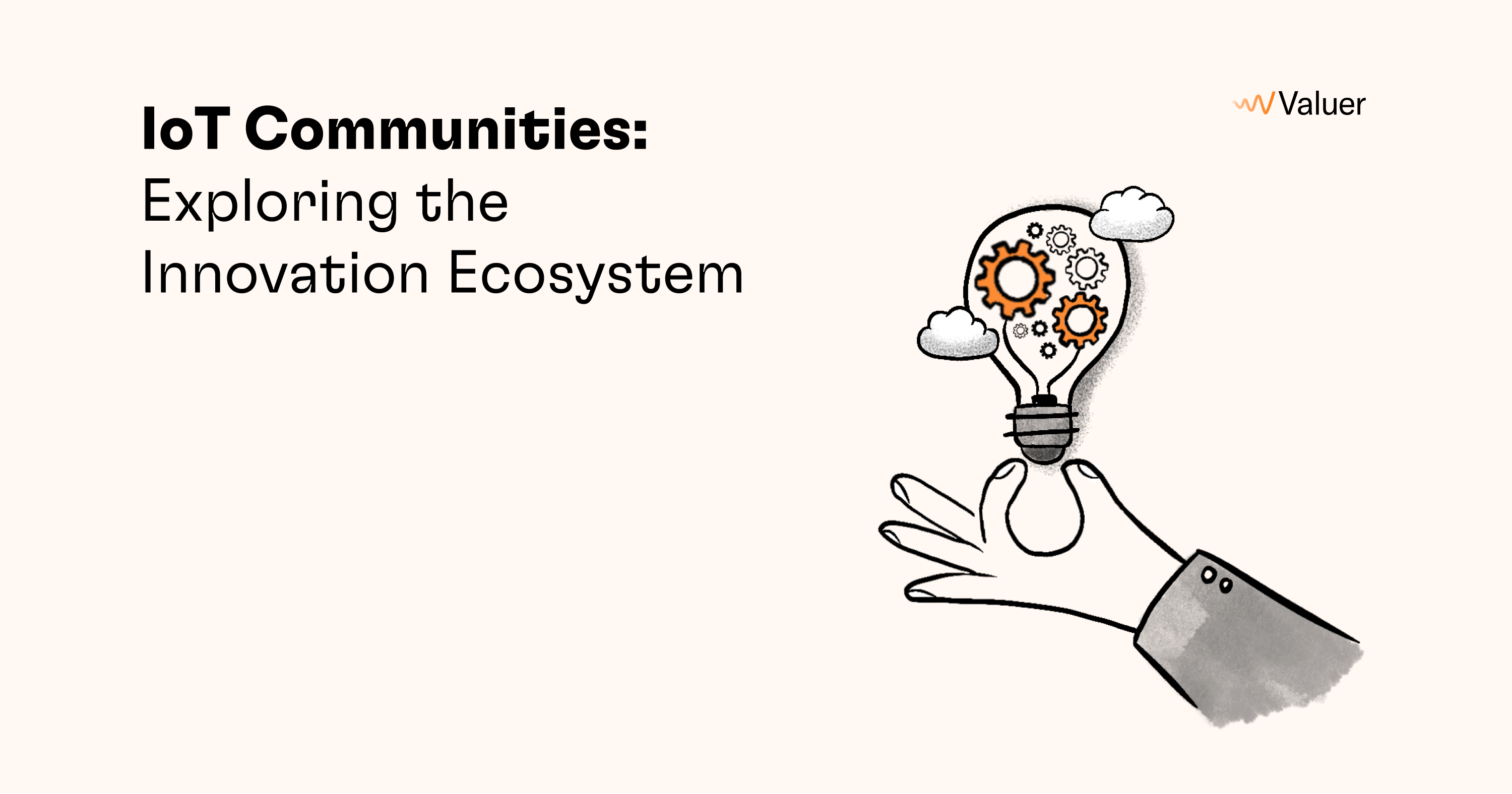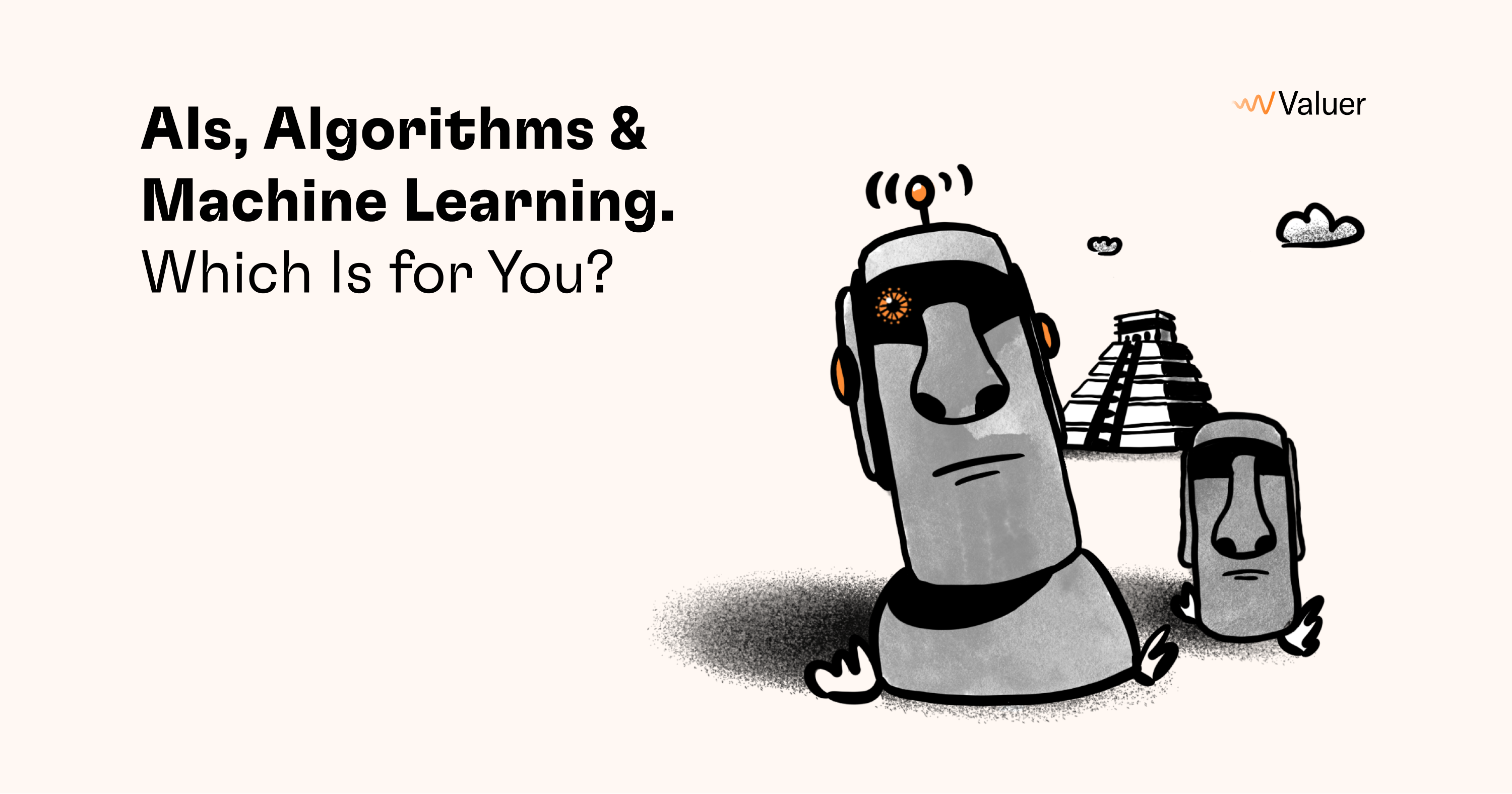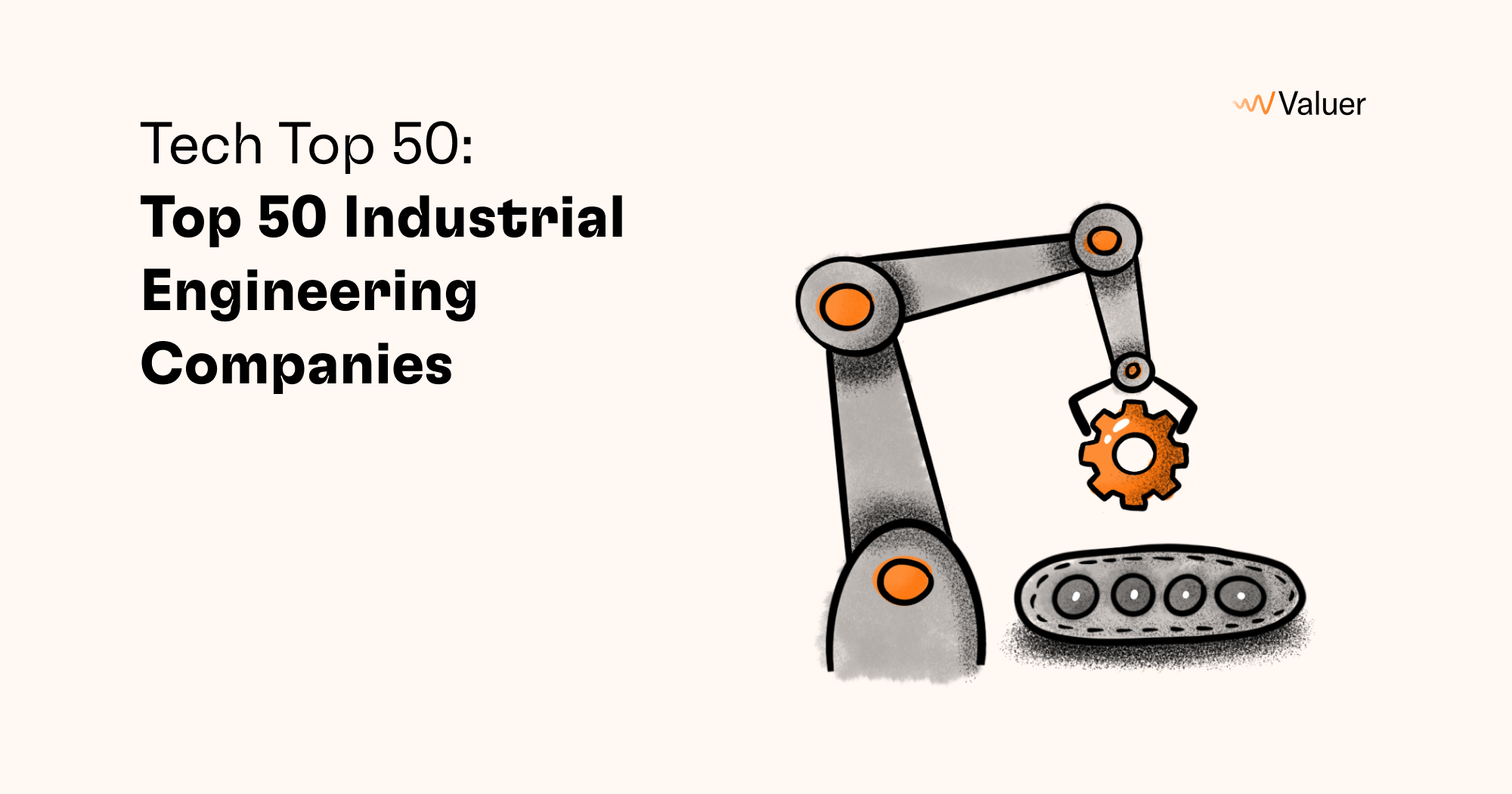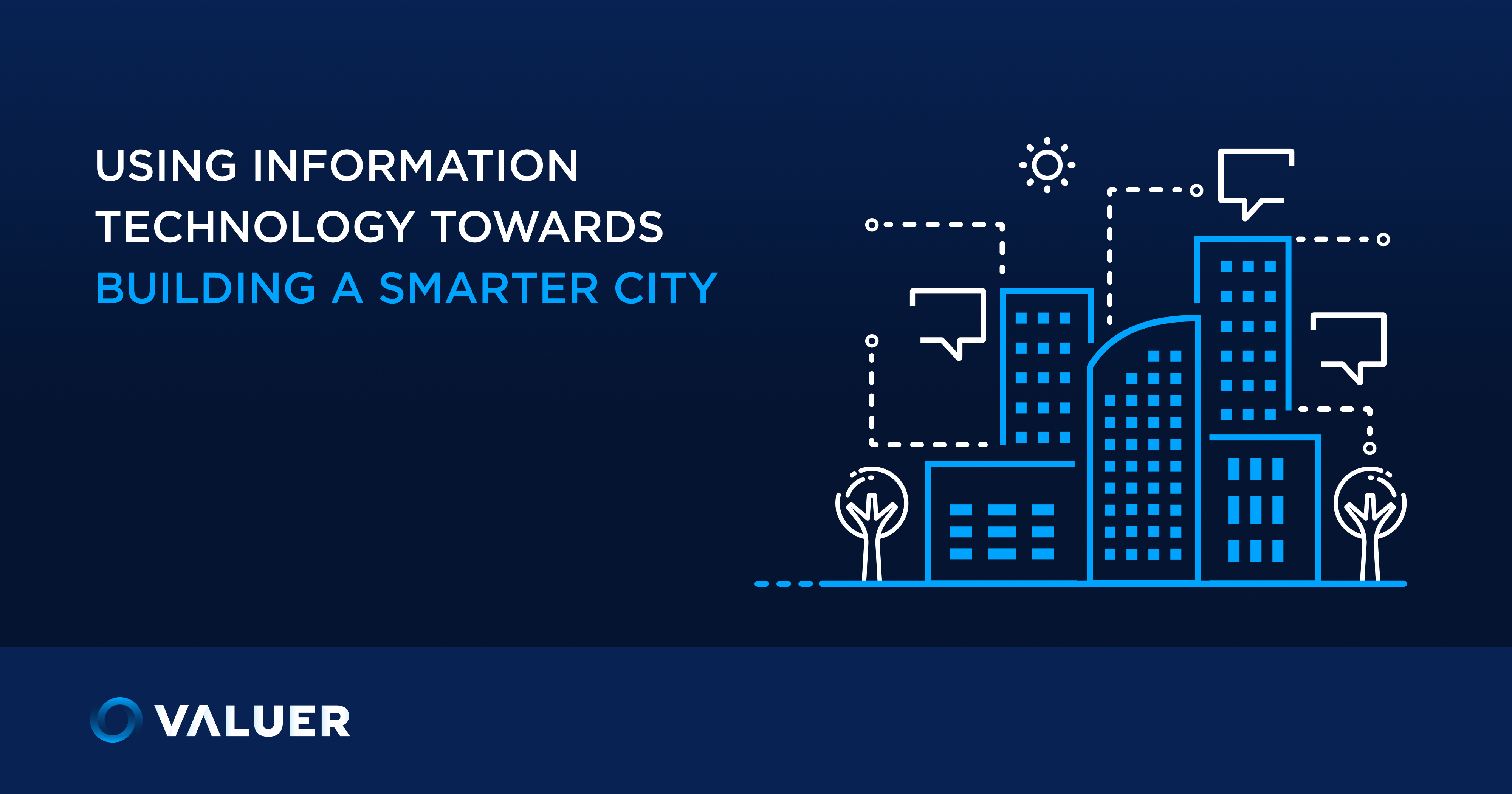*Updated September 2022
There have been many big bangs when it comes to technology in medicine. Antibiotics, vaccines, organ transplants, imaging, stem cell research, AI, etc. Undoubtedly, the life of the average "modern" human could not have been as long or as comfortable as it is today without the benefits of technology in healthcare.
Of course, lots of flops and outright travesties have accompanied this progress. Treating common illnesses with snake oil, heroin, or cocaine and “healing” mental health problems with lobotomies come to mind. Yet, modern times have brought about revolutionary technology in medicine with its own winners and dangerous, side-effect-ridden losers.
[Related Article - How to Pinpoint the Best R&D Initiatives in Biotech]
So this time around, we’ll give you five of each - five of the best and five of the worst examples of medical technology today - to brighten your day, and at the same time, remind you that technology is not (yet) infallible.
5 best examples of technology in medicine and healthcare
Let’s start with the good news, shall we? We will cringe at the worst in just a moment.
5. Wearable technology in healthcare to monitor ECG
Wearable technology in healthcare has grown in use throughout the past couple of years. From counting steps to counting calories, wearables like fitness trackers have been quite popular. However, their most important uses today are as health monitors.

Wearable technology in healthcare, like watches, wrist trackers, rings, and even self-adhesive patches, can be used to track ECG, blood pressure, body temperature, respiratory rate, etc. This wearable technology in healthcare can be incredibly important for people with chronic illnesses, as it allows them to be more aware of their body’s condition.
This time, we’ll single out the Withings Move ECG analog watch that has a built-in electrocardiogram that detects atrial fibrillation - or afib. If you think you might be having a heart attack, this watch will help you be sure either way. It connects to a phone through an app and interprets the data. Plus, it also tracks sleep and workout metrics. Although Withings is a long-standing company, the Move ECG is only a few years old.
Other wearable healthcare device companies from our platform:
4. Monitoring blood pressure with smartphones
Telemedicine is quite the trend - the need for versatile healthcare and a shift towards remote health monitoring became evident during the COVID pandemic. At-home antigen tests and pulse oximeters quickly became widely available and used by afflicted individuals from the comfort of their homes. Numerous apps and platforms today grant people access to healthcare remotely, which both reduces the strain on the healthcare system and simplifies our own daily lives.
One such incredibly cool at-home advent was introduced by Biospectal, who’ve brought blood pressure monitoring and management quite literally to your fingertips. The biotech company, whose focus is on IoT and edge computing technologies, has come up with the OptiBP app that can measure blood pressure through a phone’s camera.
All you have to do is place your fingertip at the camera and sit tight for 20 seconds. This means that anyone with a smartphone can measure their blood pressure without traditional blood pressure cuffs, and in half the time.
Other biotech companies from our platform:
3. Precision medicine and personalized treatments for Alzheimer’s
The whole purpose of precision medicine is to personalize treatment and prevention based on the particular characteristics of a group that an individual falls into. This is thanks to faster and cheaper technologies available for gene sequencing and editing and have especially been used to treat cancer and develop newer, better drugs.
iLoF, a UK-based startup from 2019, has launched a platform that uses precision medicine techniques to help patients find the best treatment and drugs based on their individual profiles. Though the company’s focus is on Alzheimer’s, they are also expanding their digital library of genetic fingerprints to yield the best individual courses of therapy for COVID-19, gastric cancer, and strokes. What makes iLoF’s technology special is that it’s relatively non-invasive - information is based on a blood draw; rapid - it takes only 10 seconds; and finally, it's quite affordable.
So, how does it work? Once a patient’s blood is drawn, AI is used to turn it into a “unique optical fingerprint.” Then, the result is run against a cloud-based fingerprint library to find matches that could reveal the best course of action.
2. IoMT and patches for non-invasive drug delivery
The internet of medical things (IoMT), which includes wearable technology in healthcare and remote monitoring, is set to revolutionize the healthcare industry in many ways. This includes healthcare in hospitals and healthcare at home in ways that would decrease cost and spending, optimize the work of medical personnel, and improve the quality of self-care for chronic patients.
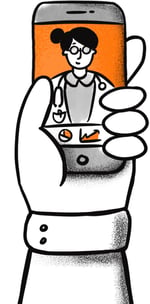
One such wearable technology in healthcare that falls under the auspice of IoMT is the Medicsen Smartpatch, which helps people with chronic diseases to live a life less encumbered by their condition. The smartpatch by Medicsen is meant to monitor the recipient’s vital signs and adjust the amount of drugs that are to be delivered accordingly. Then, waves increase the pores below the patch and administer the drug (insulin, heparin, etc.) without the need for needles and pain.
1. Using big data and AI to identify the medicinal potential of plants
The amount of data available in biotech has been a game-changer, and we already saw that in some of our entries. And the overall benefits of healthcare technology are quite evident when we talk about the contributions of big data. It has allowed pharmaceutical companies to make better drugs and find better recruits for clinical trials, precision medicine to thrive in the field of personalized treatment and prevention, and in the broader field of biotech, it’s allowed bio solutions to improve at an unprecedented rate.
Sometimes, technology can help in the simplest of ways: by taking us back to basics.
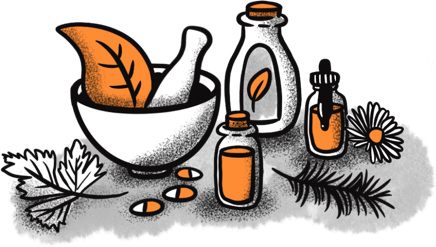
Brightseed is a company that has done this by pairing AI with big data to identify the chemical components of plants that could be used as medicine for humans. The AI technology, named Forager, “illuminates the interaction between plant bioactives and human biology.” It’s regarded as the only tech that can predict “which plant compounds are bioactive and how they impact specific health areas.” One example of Brightseed’s success was giving rise to the first AI-powered discovery of phytonutrients that target liver and metabolic health. The compounds are being tested as a treatment option for fatty liver.
Other big data and AI healthcare companies from our platform:
Worst technology in medicine
Alas, they can’t all be winners. Lots of new technology also means lots of things can go wrong. And while most manufacturers start off with the best of intentions, you know what they say - the road to hell is paved with good intentions. "Bleeding edge" isn't supposed to make you bleed, right?
5. Implantable spine fusion that may kill you
It all starts with a great idea - Zimmer Biomet’s Implantable Spinal Fusion Stimulators are planted during spinal fusion surgery with the aim to promote natural bone healing and eventually the permanent reconnecting of spinal bones after injury. The device provides electrical stimulation that helps the process.
However, in 2017, two versions of the product were recalled due to higher levels than admissible of potentially harmful, toxic chemicals that the company discovered during a routine monitoring procedure. The FDA warned that using the affected products “may cause serious adverse health consequences, including but not limited to chronic infections, long-term hospitalization due to additional surgical procedures, paralysis, and death," which is, well, quite serious. An additional implantable stimulator by the same company was recalled in 2018 for similar reasons.
4. Pelvic mesh products? More like pelvic mess products!
According to an Oxford research team, “transvaginal mesh products for pelvic organ prolapse have been approved on the basis of weak evidence over the last 20 years.” The transvaginal mesh, first approved in 2002, was meant to treat prolapsed pelvic organs, which can happen as a result of POP or SUI, by strengthening the muscles and returning affected organs to their original place. However, since then, two things have happened. One, similar products were created with different materials and without proper testing. Two, and worst of all, these mesh products have caused a lot of harm and suffering to the women using them.
Both in England and the US, a strong case against transvaginal mesh has been made. Their side effects and complications, which range from constant bleeding and UTIs to pain and infections, far outweigh their benefits. In 2019, the FDA banned the manufacturing, distribution, and selling of mesh products for POP treatment. The two last mesh manufacturers - Boston Scientific and Coloplast - were ordered to cease production and distribution as well.
3. Defective Defibrillators
Defibrillators are meant to shock you - or send an electric pulse to your heart - in order to restore a normal heartbeat. As you can imagine, they’re used in high-risk situations and intense scenarios. They are the difference between life and death. And that’s exactly what the FDA said when they recalled the LIFEPAK 15 in 2017 and the LIFEPAK 20e in 2018.
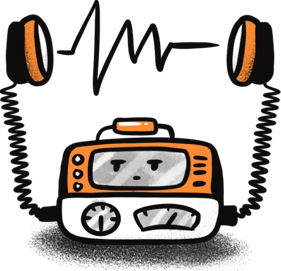
Apparently, not all defibrillators shock you the right way. A number of these portable defibrillators were recalled for failing to release the electrical pulse in testing. That delay, according to the FDA, could lead to brain injury, organ damage, and - again - death. Luckily, it seems that there were no casualties due to the shortcomings of these LIFEPAK models, as they were recalled and replaced in time.
2. Not so sure about Essure
In a better-titled article than this subsection called “Not very re-Essureing: how a contraceptive implant can ruin lives,” Chloe Kent tracks the journey of Essure from its approval by the FDA in 2002 to its discontinuation in 2018. This Bayer-made product was a permanent sterilization device for women, as an alternative to tube tying, etc. This contraceptive came in the form of a metal-coiled implant device that would be inserted into the fallopian tubes to block the passage of eggs into the uterus. Eventually, scar tissue would fasten it in place.
However, from 2002 to 2018, 32,773 reports were submitted to the FDA database complaining of multiple complications, including pain, heavier/irregular periods, headaches, fatigue, weight fluctuations, depression and anxiety, rash, hypersensitivity, hair loss, etc. Many of these were due to autoimmune reactions to the metal coils.
What’s more, 49 deaths have been linked to the device including adult deaths, miscarriages, and infant deaths after live birth. It’s also caused both regular and ectopic pregnancies. Some women suffered further to remove Essure from their bodies by having hysterectomies, though there have been cases - like Sarah Dzikowicz - where the implant remained in the body post-surgery.
The FDA placed a black box warning on the product in 2016 and limited sales in 2018.
Interestingly enough, when Essure was discontinued by Bayer in 2018, it was not due to these controversies. Bayer still stands behind its product. Rather, the company maintained that the product was discontinued because of a decline in sales. In any case, Bayer was to spend around $1.6 billion in an Essure settlement to resolve 90% of nearly 39,000 user lawsuits in the US in 2020 (though other sources cite 99% of nearly 40,000 lawsuits).
1. Theranos, the non-existent unicorn
You may already be familiar with the story of CEO Elizabeth Holmes and her nonexistent unicorn - there’s even a brand-new Hulu show about it. This isn’t so much a failed technology in medicine as it is a case of bait and switch, a company that was once valued at $10 billion but that had never actually created its flagship product.
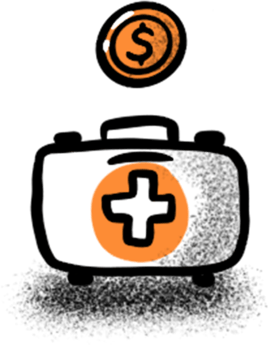
The supposed product being sold to investors was a “nanotainer” - a small device that would draw blood from a finger prick and analyze it using the company’s “Edison” technology to run blood tests and detect illnesses or disorders. You can see how this could be regarded as a true revolution in healthcare technology. Cheap, fast, and innovative - what more could you ask for?
Well, something that exists would be nice. The sales pitch was deceitful. Soon enough, a lack of peer reviews, transparency, product testing, and any type of viable results or unobscure allusions to the so-called medical technology raised enough suspicion to end the charade. After more than 10 years of successful fundraising, Elizabeth Holmes and her right-hand man/lover/former company president Ramesh Balwani were eventually charged with massive fraud by the SEC.
On January 3, 2022, Holmes was found guilty on four out of eleven charges of fraud. “Each count carries a maximum sentence of 20 years in prison, terms that are likely to be served concurrently.”
So yea, that’s technology in medicine gone very, very bad.
We should still be quite enthused over the benefits of technology in healthcare
But this is not the time to worry about technology in healthcare and medicine. Rather, it’s time to get excited about what we can do with it. The benefits of technology in healthcare include increasing life expectancy, decreasing infant mortality rates by 10 times, increasing access to healthcare for various at-risk categories, and improving the quality of life.
In the US in 1964, the death rate from heart disease was three times higher than in 2014, and it’s even lower today. We already saw how wearable technology in healthcare has improved our chances with this one, and that’s not where its potential ends.
Medical technology today has tapped into industries like AI, VR, wearables and sensors, IoMT, nanotechnology, robotics, improved drug development, gene sequencing, 3D printing, and much more. These are technologies that make healthcare more accessible, affordable, convenient, and helpful to the human population.
But of course, we should never forget that we still have a long way to go before healthcare technology and those who develop it are foolproof. In the meantime, we should brace ourselves for new victories and failures and keep an analytical, critical mind for everything that enters the domain of technology in medicine, especially if it seems too good to be true.
.png?width=103&height=103&name=Untitled_Artwork%20725%20(2).png)
